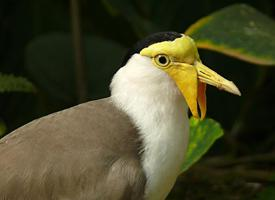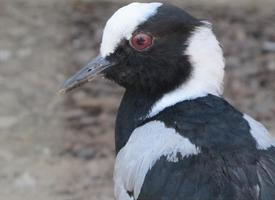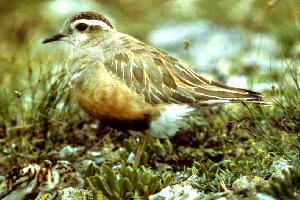
Description de l'animal
The Grey Plover, scientifically known as Pluvialis squatarola, is a medium-sized, migratory shorebird belonging to the plover family. This species, known for its remarkable migratory patterns and distinctive plumage changes, is a fascinating subject of study for ornithologists and bird enthusiasts alike.Adult Grey Plovers are characterized by their stout build and relatively short, thick necks, giving them a robust appearance. They possess a wingspan that ranges between 71 to 83 centimeters, allowing for efficient and long-distance flight. During the breeding season, males showcase a striking black and white pattern on their underparts, with a speckled grey and white back that camouflages them well in their Arctic tundra breeding grounds. The females and non-breeding males, on the other hand, exhibit a more subdued coloration, with mottled grey backs and whitish underparts, enabling them to blend into various landscapes seamlessly.
One of the most distinctive features of the Grey Plover is its bill. It is relatively short and stout, perfectly adapted for foraging in mudflats and shallow water bodies. Their diet primarily consists of invertebrates, including insects, worms, and mollusks, which they skillfully extract from the mud with their sensitive bills.
Grey Plovers are renowned for their incredible migratory journeys. They breed in the high Arctic regions of Russia and North America, in areas that are remote and largely inaccessible to humans. As the Arctic winter approaches, they embark on a long southward migration to warmer climates. Their wintering grounds are impressively widespread, stretching across coastal regions of Africa, Asia, Australia, and South America. During these migrations, Grey Plovers are known to fly vast distances over open ocean, demonstrating remarkable endurance and navigational abilities.
The breeding behavior of Grey Plovers is equally fascinating. They are solitary nesters, with each pair establishing a territory in the vast expanse of the Arctic tundra. The nest is a simple scrape on the ground, lined with vegetation and situated in a spot with good visibility to detect approaching predators. The female lays a clutch of three to four eggs, which both parents then incubate. Once hatched, the precocial chicks are mobile and start feeding themselves under the watchful eyes of their parents, who fiercely protect them from predators.
Despite their wide range and adaptability, Grey Plovers face threats from habitat loss and degradation, particularly in their migratory stopover and wintering grounds. Coastal development, pollution, and climate change are significant challenges that could impact their food sources and nesting sites. Conservation efforts are essential to ensure the protection of crucial habitats and the sustainability of this remarkable species' populations.
In summary, the Grey Plover is an emblematic example of the resilience and adaptability of migratory shorebirds. Its life cycle, from the remote Arctic breeding grounds to the diverse coastal wintering habitats, illustrates the interconnectedness of global ecosystems and the importance of international conservation efforts to protect migratory bird species.
Animaux similaires
Nouvelles photos d'animaux
Top 10 des animaux
- Dolphin gull (Leucophaeus scoresbii)
- Diana monkey (Cercopithecus diana)
- Moustached guenon (Cercopithecus cephus)
- Galápagos tortoise (Geochelone nigra complex)
- Japanese macaque (Macaca fuscata)
- Stone loach (Barbatula barbatula)
- Russian tortoise (Testudo horsfieldii)
- Greek tortoise (Testudo graeca)
- Common flying dragon (Draco volans)
- Vendace (Coregonus albula)


